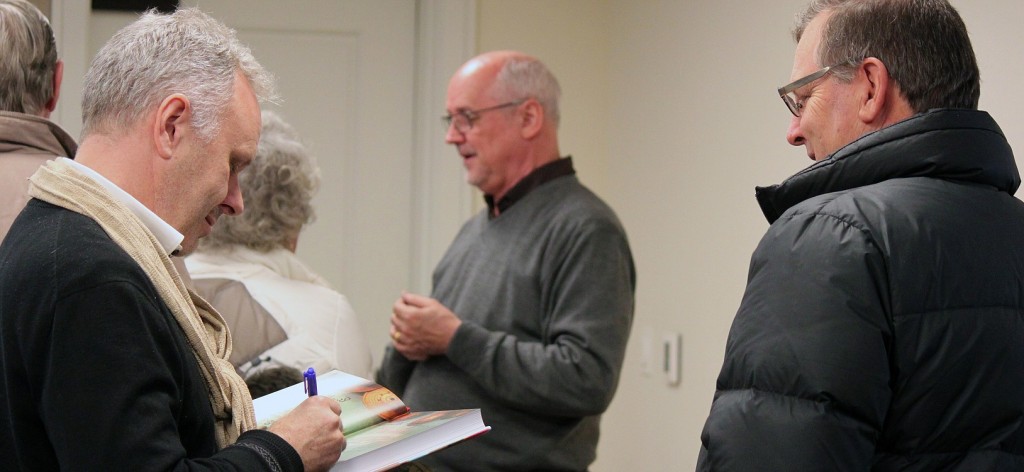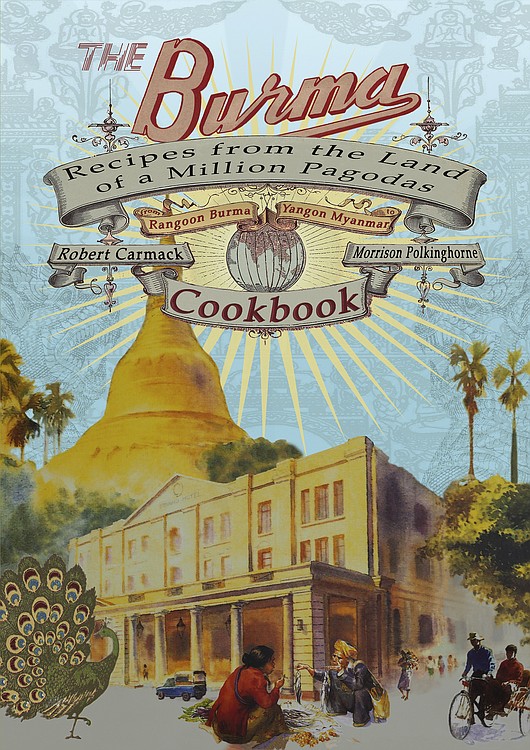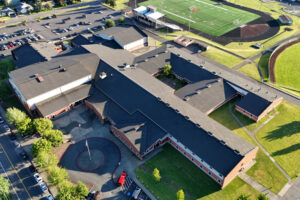On Saturday, my Mt. Norway kitchen was overflowing with the aromas of delicious, savory delights — pork marinated in ginger and a thick, sweet soy sauce, then cooked for nearly two hours on a low heat with Asian chile powder to create a unique stew.
Mint, onion, ginger and garlic later joined the flavor palate to create a potato salad tossed with gently seasoned oil.
On Sunday, sweeter scents prevailed as a mixture of fresh pineapple, sugar, cinnamon and clove simmered on top of the stove in my favorite bright red dutch oven. The result was a ridiculously sweet, syrupy jam that I later spooned into a hot cup of English breakfast tea, and spread on top of a slice of crusty bread.
These amazing fragrances were produced by dishes I — an admittedly less than seasoned chef — created from recipes picked from the 175 that appear in the 392-page hardcover first edition of “The Burma Cookbook: Recipes from the Land of a Million Pagodas.” It was written by Camas native Robert Carmack with his longtime partner Morrison Polkinghorne, who designed the tome and photographed all of the images inside.
The book’s official release by River Books of London is Friday, but I had the opportunity to get my hands on a copy when the pair stopped by the Camas Public Library Wednesday for a public presentation that touched on the food, people and history of the Southeast Asian country of Burma — also known as Myanmar.





